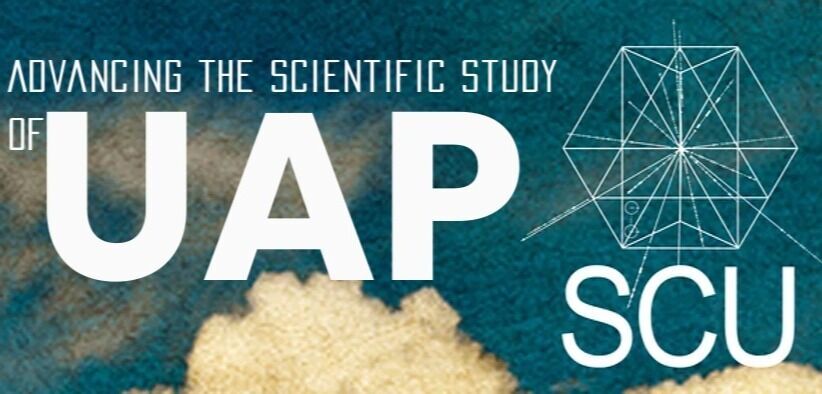The Scientific Coalition for UAP Studies (SCU) released the following announcement:
Today, the SCU published the following peer-reviewed study:
UAP Activity Pattern Study 1945-1975 Military and Public Activities, by SCU members Larry J. Hancock, Ian M. Porritt, Sean Grosvenor, and Larry Cates. The new study is the third in a series of examinations of unidentified anomalous phenomena (UAP) activity in the post-World War II era.
This new study examined UAP incidents over three decades (1945-1975), revealing a pattern of activity associated with public reports during the study period, and found that
reports shifted from high visibility daylight observations at a distance to nighttime close approaches to the observers during the study period. In addition, the focus of UAP activity
shifted from the military to the public arena, with increased close approaches to observers. UAP loitering for extended periods near the observers was found to have been observed primarily at night rather than in daylight.
Military loitering incidents were reported more frequently from 1949 to 1959, while the public reporting loitering incidents became much more frequent during a short period from 1966-1967.The nature of the UAP activity also changed over time,
from an early period of high visibility - with frequent daylight observations of multiple UAPs (often observed to be disc-shaped) in controlled, interactive flight, with radical maneuvers such as instantaneous acceleration vertically from a hovering position, radar-tracked speeds exceeding 9,000 miles per hour, and 90 degree turns without speed changes. More often noted in military reports were evident activities such as radical speeds and acceleration and maneuvering multiple UAPs during interactive flight. In addition, reports of numerous objects in groups (primarily in the daytime)
peaked in 1952 and trended downwards in subsequent years.
Several reports also documented instances in which military aircraft and air defense installations transmitted Identification Friend or Foe (IFF) signals to UAPs as part of the identification process; in those incidents,
the UAPs responded with coded elements of IFF responses. Those reports were among several categories of activity that presented too few incidents to identify any long-term patterns or trends, even though particular time-delimited bursts of anomalous activity were noted.
SCU's first study,
UAP Pattern Recognition Study: 1945-1975 US Military Atomic Warfare Complex, revealed bursts of reports of anomalous UAP activity at sites where new capabilities were being developed and deployed, a pattern researchers have not considered in previous government or university studies of UAP reports.
The second study,
UAP Indications Analysis 1945-1975, United States Atomic Warfare Complex, examined scenarios related to intention and motive indicated by specific details of reported UAP activity.
Read the study online, or download the paper and associated data, here:
https://zenodo.org/records/8213330

Reader Comments